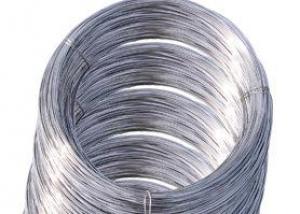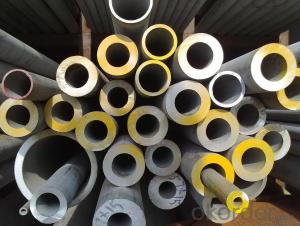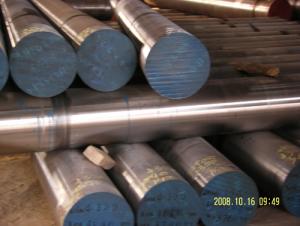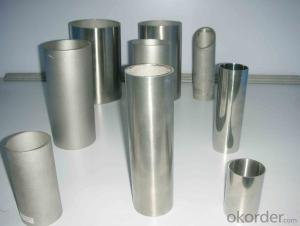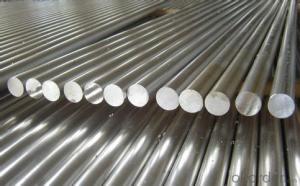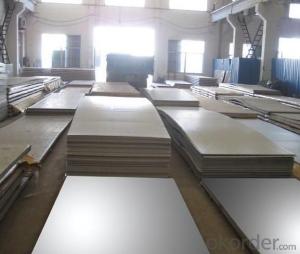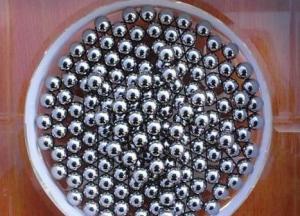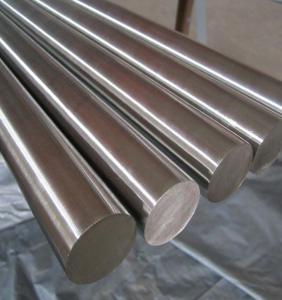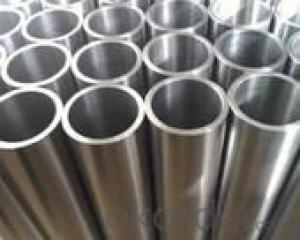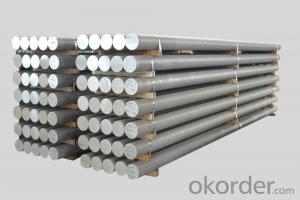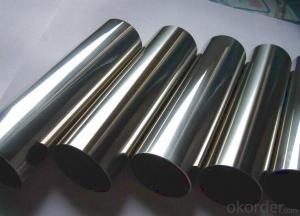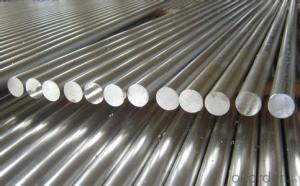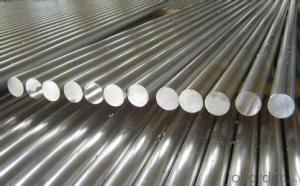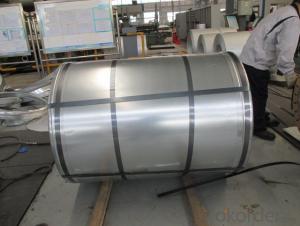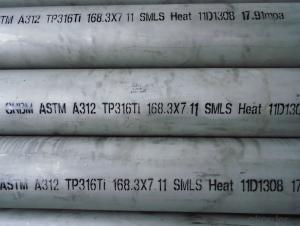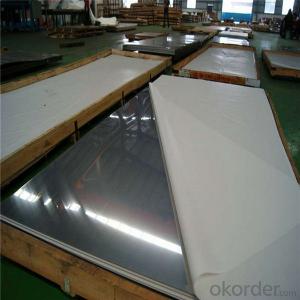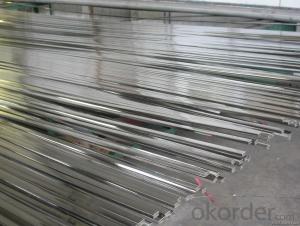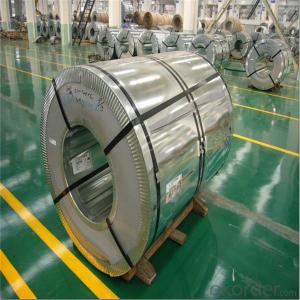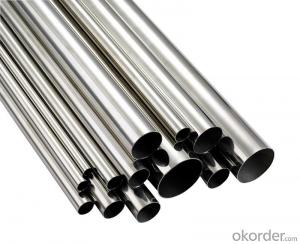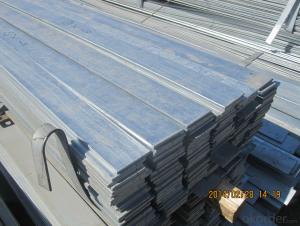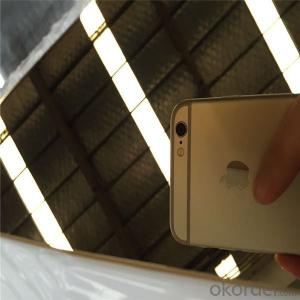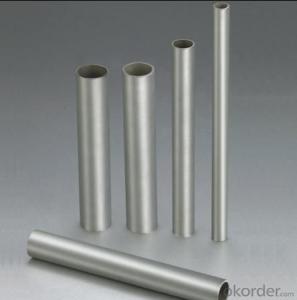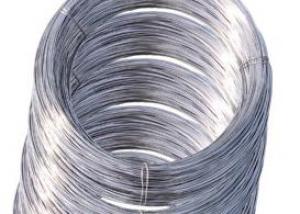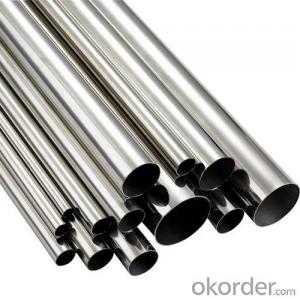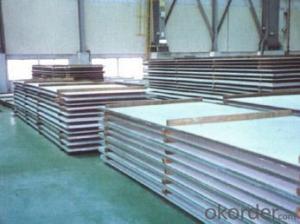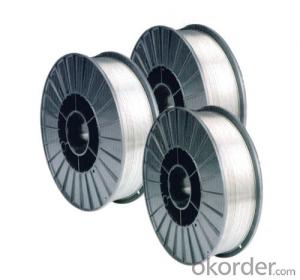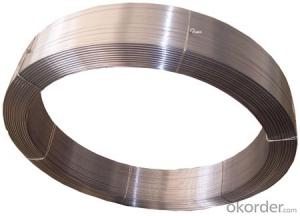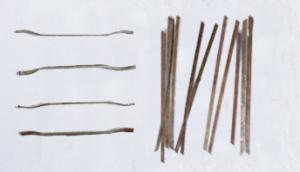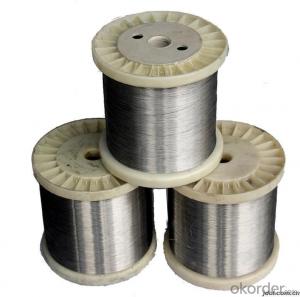316 Grade Stainless Steel
316 Grade Stainless Steel Related Searches
Type 316 Stainless Steel Stainless Steel 316 316l Stainless Steel Stainless Steel 316l 304 Grade Stainless Steel Grade 304 Stainless Steel 316ti Stainless Steel 316 Stainless Steel Rod 316 Stainless Steel Sheet 316 Stainless Steel Tubing 316 Stainless Steel Density 316 Stainless Steel Hardness Density Of 316 Stainless Steel Density Of Stainless Steel 316 316 Stainless Steel Price Type 304 Stainless Steel 304 Or 316 Stainless Steel 300 Stainless Steel 316 Stainless Steel Properties 305 Stainless Steel 304l Stainless Steel Food Grade Stainless Steel 3 16 Stainless Steel 301 Stainless Steel 300 Series Stainless Steel 310 Stainless Steel 330 Stainless Steel 360 Stainless Steel Stainless Steel 316 Properties Medical Grade Stainless Steel316 Grade Stainless Steel Supplier & Manufacturer from China
316 Grade Stainless Steel is a type of stainless steel that is known for its excellent corrosion resistance, particularly against pitting and crevice corrosion. This grade of stainless steel contains higher levels of molybdenum compared to other grades, such as 304, which significantly enhances its resistance to various corrosive environments. It is widely used in applications that demand high strength and resistance to harsh conditions, including marine environments, chemical processing, and food processing industries.The usage scenarios for 316 Grade Stainless Steel are vast, as it is highly sought after for its superior properties. It is commonly used in the manufacturing of equipment and components that are exposed to corrosive chemicals, such as in the pharmaceutical and petrochemical industries. Additionally, it is utilized in the construction of marine vessels and offshore platforms, where resistance to saltwater corrosion is critical. In the food processing sector, 316 Grade Stainless Steel is the preferred material for processing equipment due to its ability to withstand high levels of sanitation and cleaning.
Okorder.com is a reputable wholesale supplier of 316 Grade Stainless Steel, boasting a large inventory that caters to the diverse needs of various industries. As a leading distributor, they ensure that customers have access to high-quality stainless steel products that meet stringent industry standards. Their extensive inventory allows them to provide a wide range of 316 Grade Stainless Steel products, including sheets, plates, bars, and tubes, making them a one-stop-shop for businesses in need of this robust material.
Hot Products
